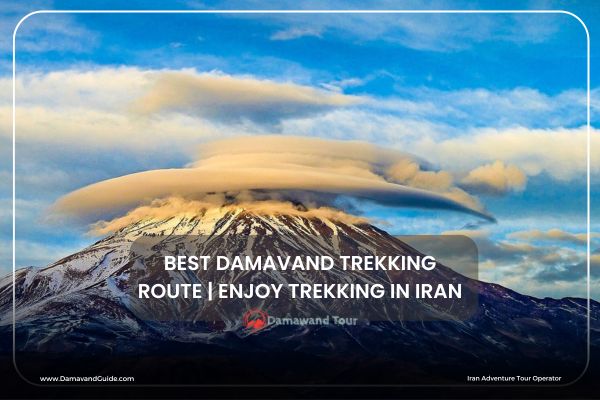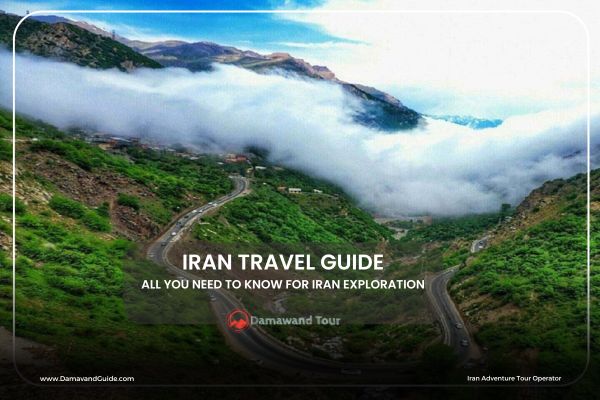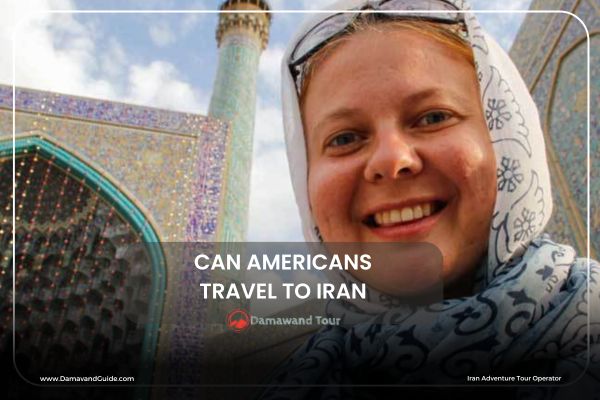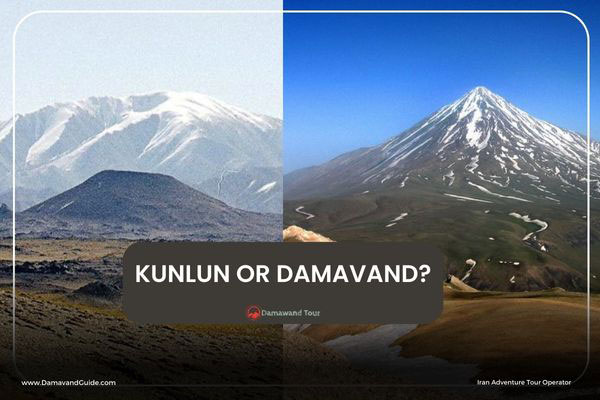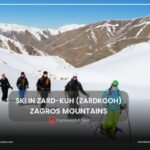
Ski in Zard-Kuh (Zardkooh), Zagros Mountains
July 1, 2024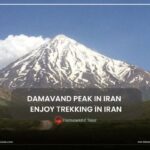
Damavand Peak in Iran | Enjoy Trekking in Iran
July 15, 2024Best Damavand Trekking Route | Enjoy Trekking in Iran
Mount Damavand, the highest peak in Iran and the Middle East, offers several trekking routes catering to various skill levels and seasons. This guide explores the best routes to trek Damavand, providing details on each path and recommendations based on different physical conditions and times of the year.
Mount Damavand Trekking Routes
Southern Route
The Southern Route is the most popular and easiest trek up Mount Damavand. Starting from the village of Polour, this route is favored for its accessibility and the amenities it offers. The climb begins at Gosfand-Sara (3050m) and ascends to the Bargah-e-Sevom shelter at 4250m. This route is ideal for beginners due to its well-marked trails and lack of technical challenges
Northern Route
The Northern Route is the most challenging trek, starting from the village of Nandal. This path is steep and passes through two glaciers, making it suitable for experienced climbers. The route includes shelters at 4000m and 5000m, providing necessary rest stops before the final ascent
Western Route
The Western Route, starting from Lar National Park, is the second most popular path. It offers a moderate challenge and features the Simorgh shelter at 4200m. This route is known for its beautiful scenery and fewer sulfuric odors compared to other paths
Northeastern Route
The Northeastern Route begins in the village of Nandal and is known for its scenic beauty, passing by the Takht-e Fereydoun shelter at 4380m. This route is less crowded and offers views of the largest Damavand glacier, making it a good option for those seeking a quieter trek
Best Trekking Route of Mount Damavand & Why This is Best
The Southern Route is widely considered the best trekking route for several reasons:
- Accessibility: It is the closest route to Tehran, making logistics easier for travelers.
- Facilities: The route has well-equipped shelters, including the Bargah-e-Sevom hut with private rooms, a restaurant, and basic amenities.
- Simplicity: The trail is straightforward and requires no technical equipment, making it accessible to many climbers.
- Support: The availability of mules and porters to carry equipment reduces the physical burden on climbers
Different Damavand Trekking Routes for Different Seasons and Physical Body
Summer Treks
The best time for trekking in Damavand is during the summer months (June to September). The Southern and Northeastern routes are ideal during this season due to their accessibility and the milder weather conditions. These routes do not require technical climbing skills, making them suitable for most trekkers.
Winter Treks
Winter treks are more challenging due to harsh weather conditions. The Southern Route remains the best option for winter ascents because of its relatively lower risk of avalanches and better shelter facilities. However, this trek requires proper winter gear and preparation for extreme cold and high winds
Physical Fitness Considerations
- Beginners and Moderate Fitness Levels: The Southern Route is recommended due to its ease and support facilities. It provides a gradual ascent that allows for proper acclimatization.
- Experienced Climbers: The Northern Route offers a more challenging climb with steeper paths and glacier crossings, ideal for those with advanced climbing skills and experience.
- Nature Enthusiasts: The Northeastern Route provides stunning natural beauty and a quieter trek, suitable for those who prefer scenic routes and a more solitary experience
Conclusion

